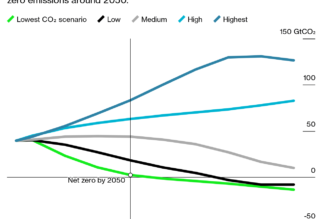Vodacom has revealed its plans to invest just over R320 million into network across KwaZulu Natal during 2020/2021.
The lion’s share of the capital expenditure will go towards building new LTE base station sites in both urban and deep rural areas of the province. This network acceleration is expected to aid in removing barriers to communications, provide access to fast internet and help in driving digital inclusion among communities in deep rural areas of the province.
The availability of high-speed broadband is critical to deep rural development, but research shows that deep rural communities are lagging behind in terms of broadband connectivity, excluding many from digital transformation.
“We have always maintained that the key differentiator for us is the quality, strength and reliability of our network. At Vodacom, we believe investing in our network ensures that we deliver best-in-class coverage and customer service, not only to urban areas but to people who dwell in the township and deep rural areas as well, so they are well-positioned to take advantage of the benefits of the Digital Revolution,” says Ishmael Mathinya, Executive Head for Operations for Vodacom KwaZulu Natal Region.
/* custom css */
.tdi_3_ae5.td-a-rec-img{ text-align: left; }.tdi_3_ae5.td-a-rec-img img{ margin: 0 auto 0 0; }
“This is why we are deploying more sites in rural areas in this financial period in areas which did not previously have network access.”
Vodacom KwaZulu Natal Region’s capital expenditure of over R320 million will go towards the deployment of more than 50 new base stations across the province, 27 of those have already been switched on.
An additional 19 are planned until the end of 2021 financial year in deep rural areas. Some of the district municipalities that stands to benefit from the rural network programme include eThekwini District Municipality (8), Ugu District Municipality (1), Umhlabuyalingana District Municipality (2), Umkhanyakude District Municipality (1), uThungulu District Municipality (1) and Zululand District Municipality (1).
With the investment largely on broadband connectivity especially in rural areas, the region increased the LTE footprint from 56% to just over 94% in the past two years to reach over 99% population coverage in the broader KwaZulu Natal province.
“There has been a massive focus on broadband connectivity in the rural areas, with LTE coverage specifically in the rural segment at just over 80% and plans to address remaining areas by the end of the 2021 financial year. Critically, the region crossed the 2000 base station mark in mid-year. Furthermore, we’ve completed an additional 625 sites as part of bandwidth expansion in order to provide far more improved data experience largely targeted in eThekwini and Pietermaritzburg,” says Mathinya.
A share of the capital expenditure will be used to roll out ultra-fast fibre, also to accelerate digital inclusion. For example, 56km of fibre will be installed in Newcastle running from Newcastle, Madadeni, Oswezwini, and Blaauwbousch back to Newcastle. This project will be completed on 22 December 2020. The National Long Route fibre in construction running from Durban, Scottsburg, Port Shepstone, Harding to Kokstad will be completed by the end of the 2021 financial year.








